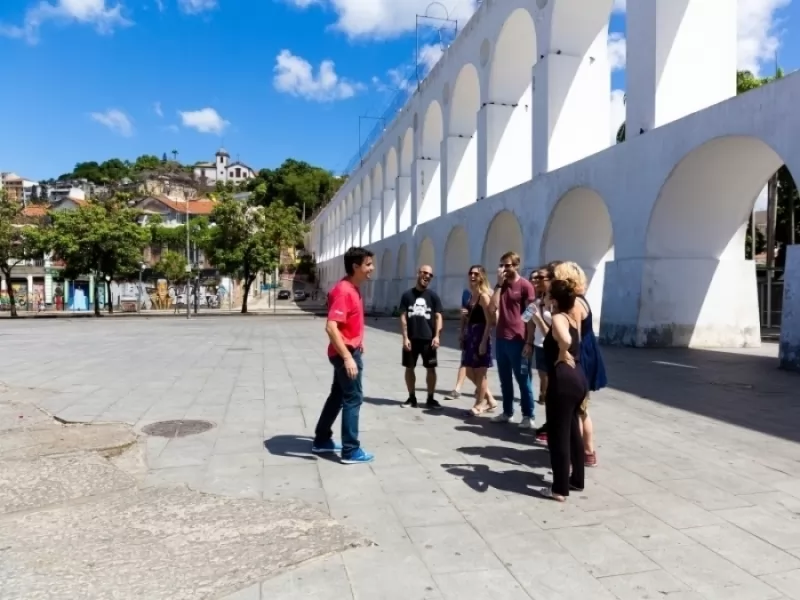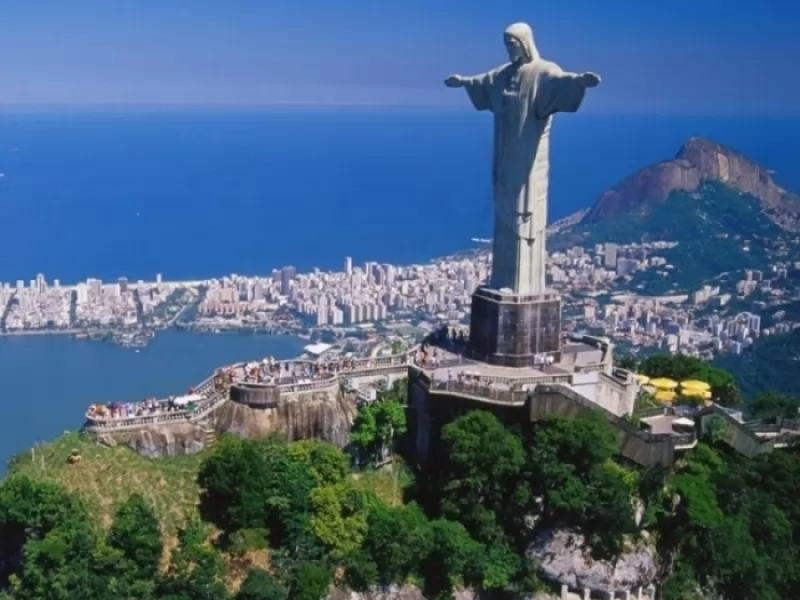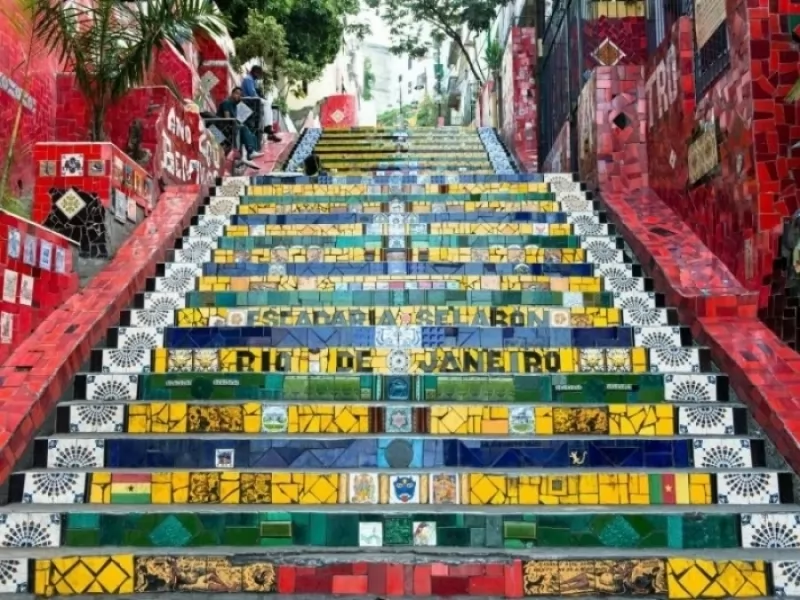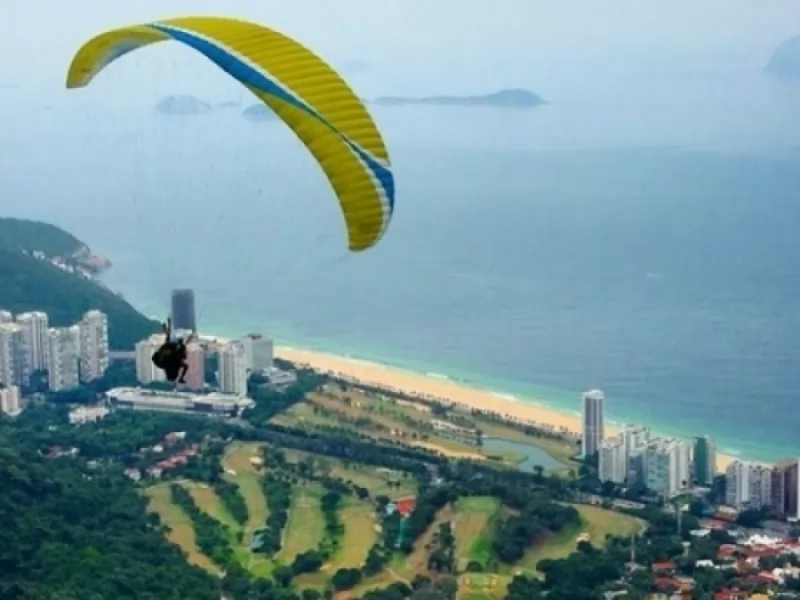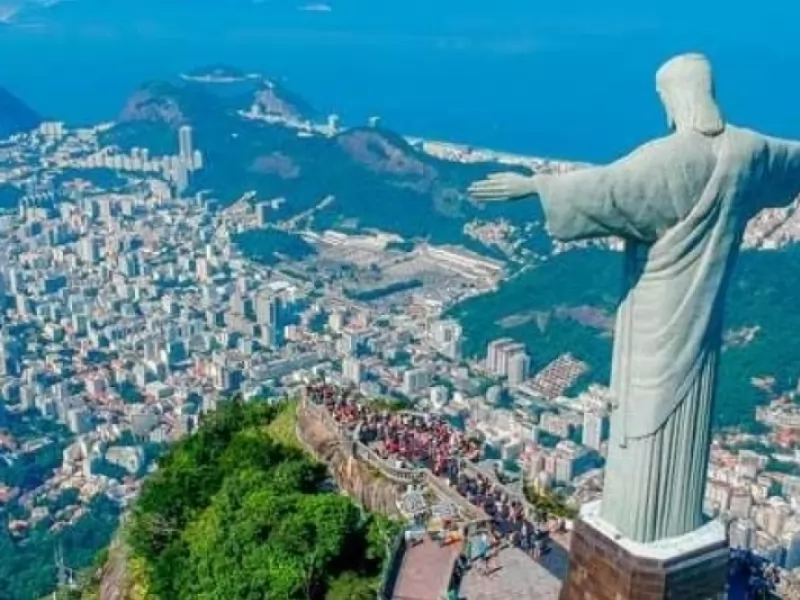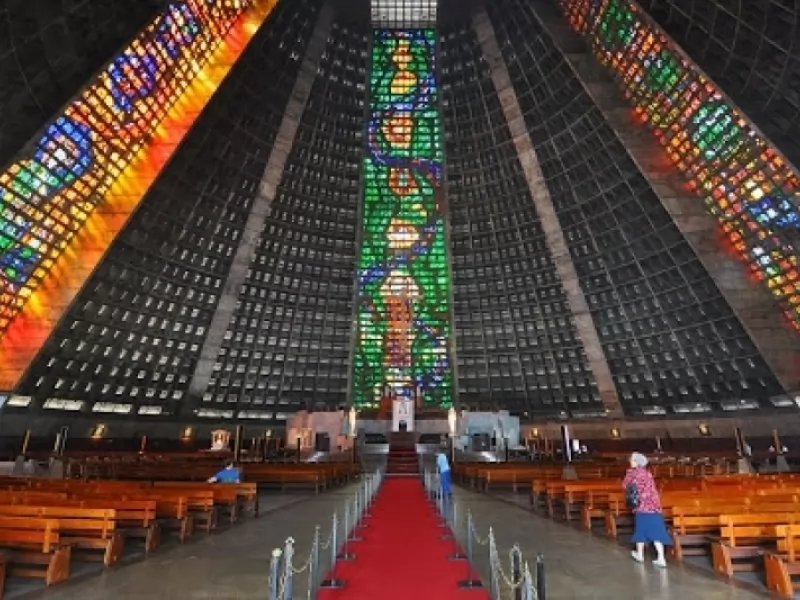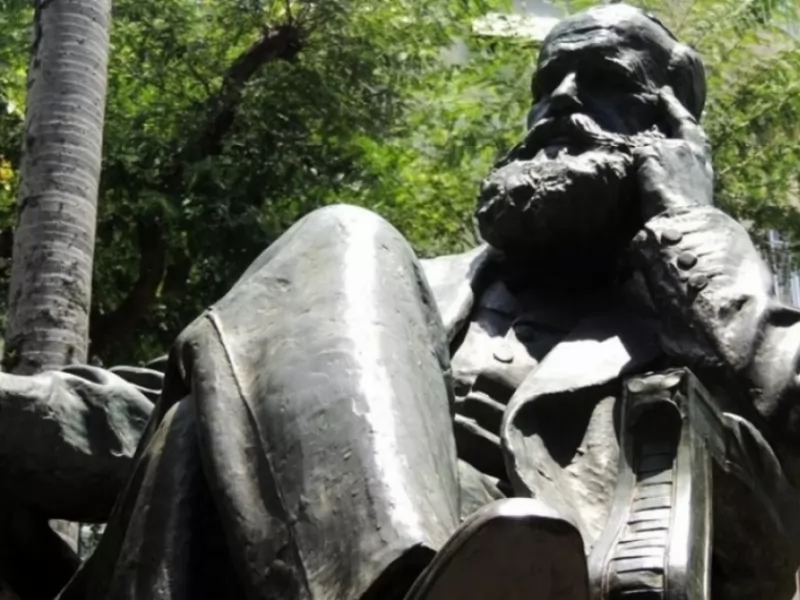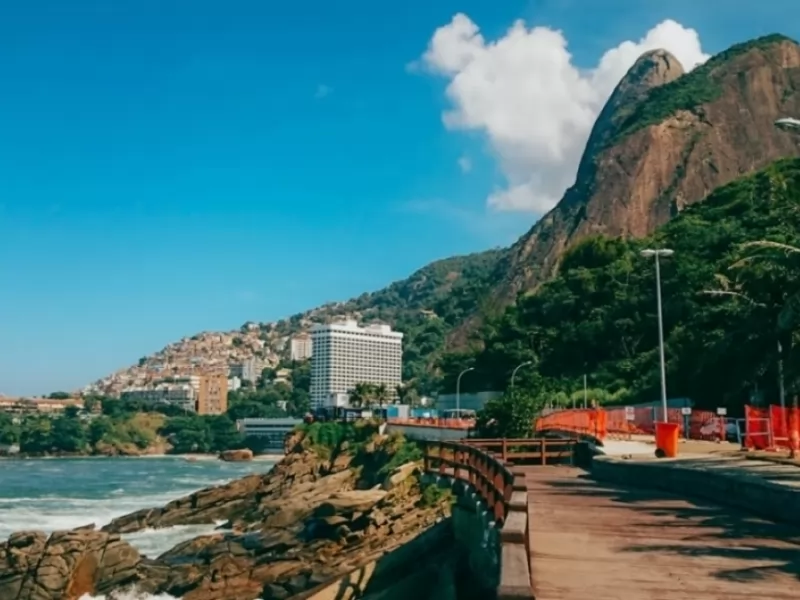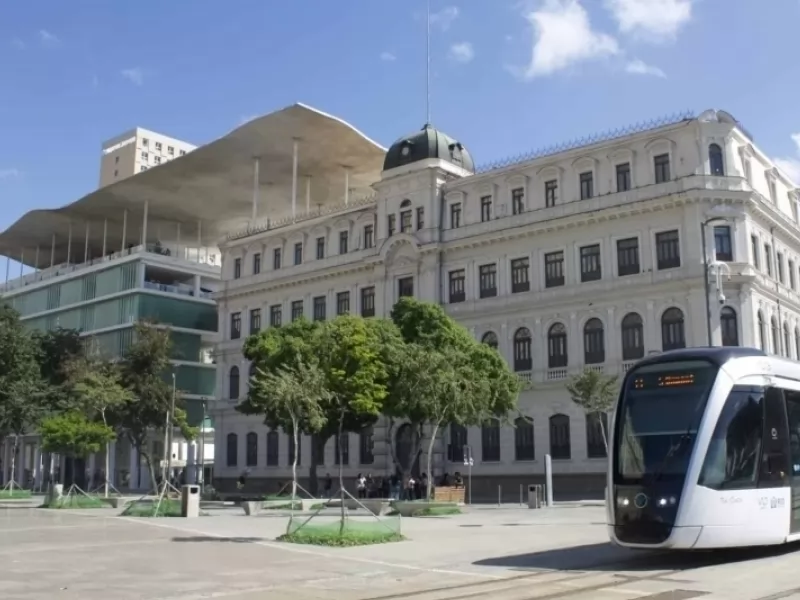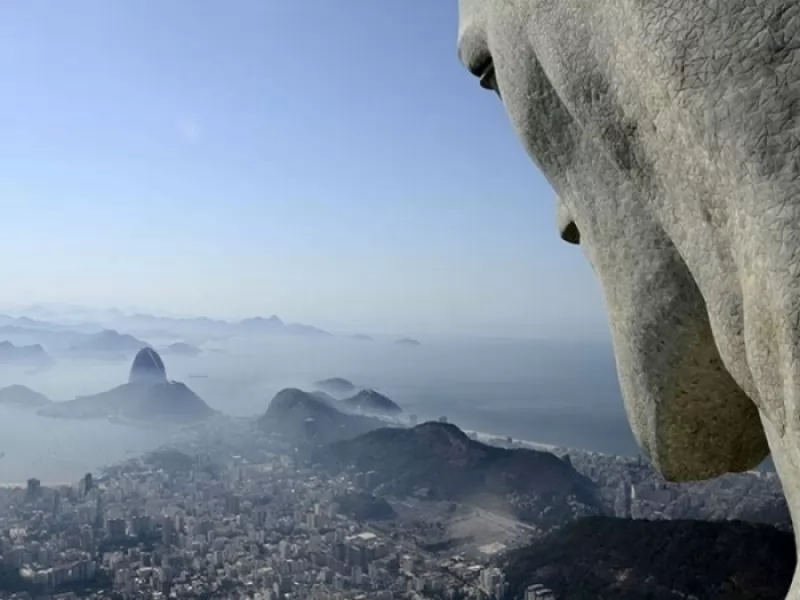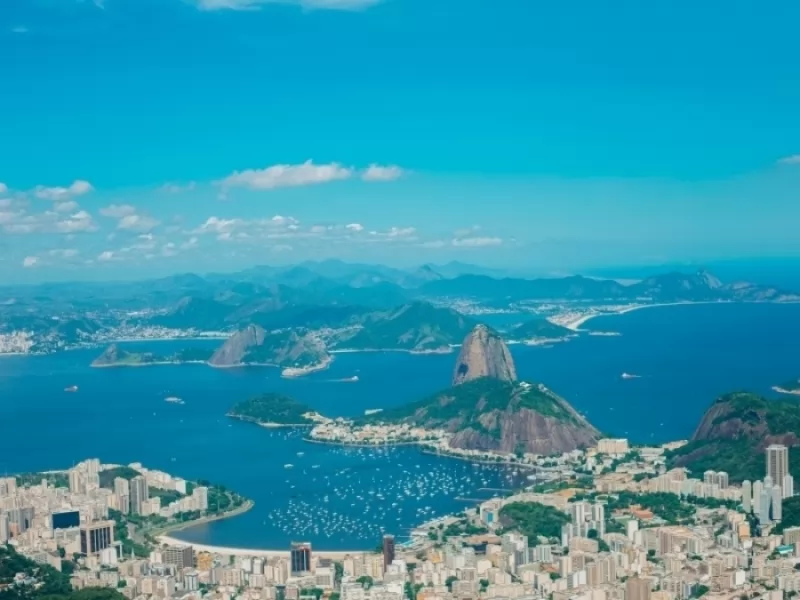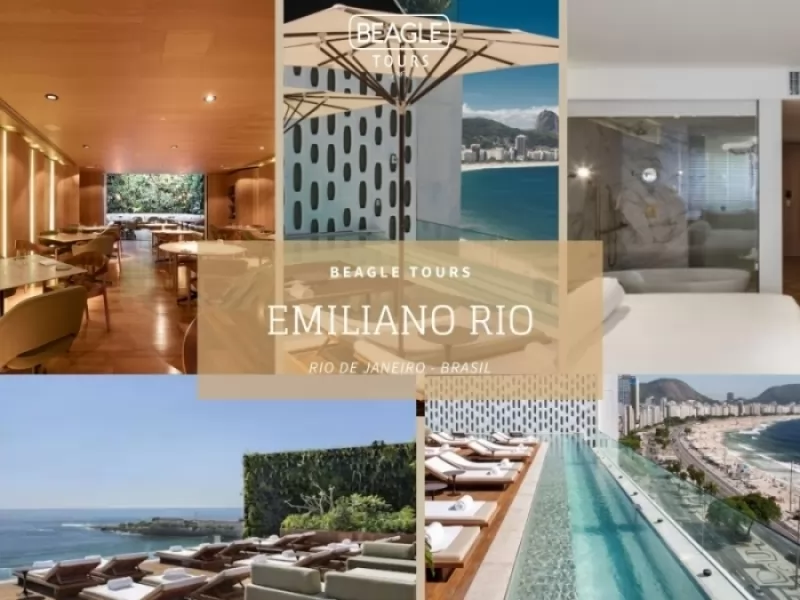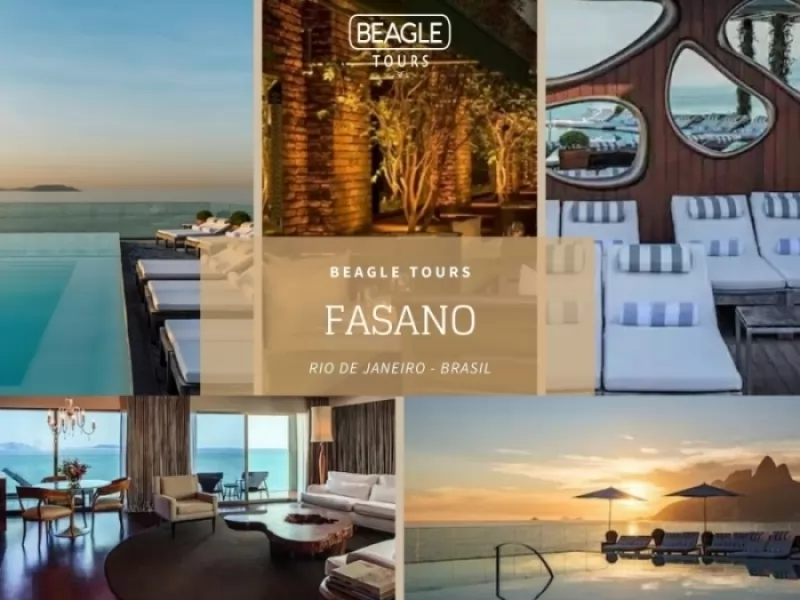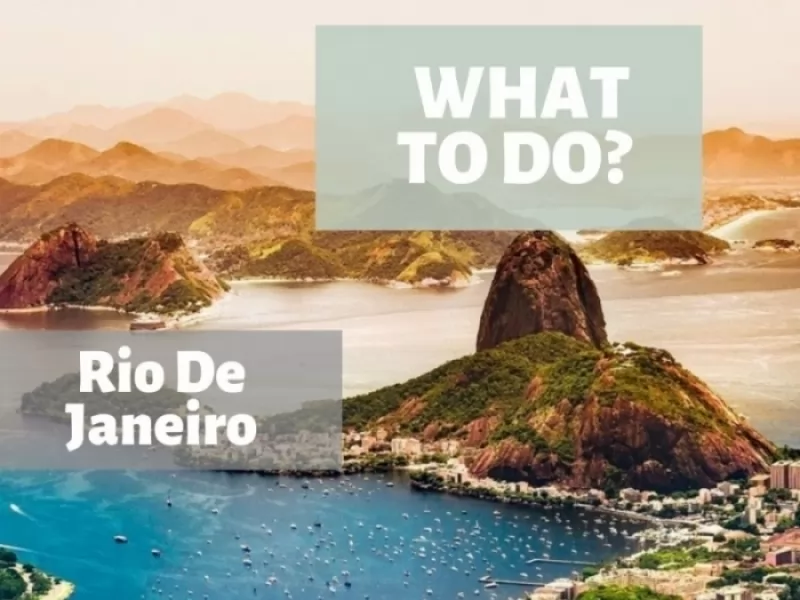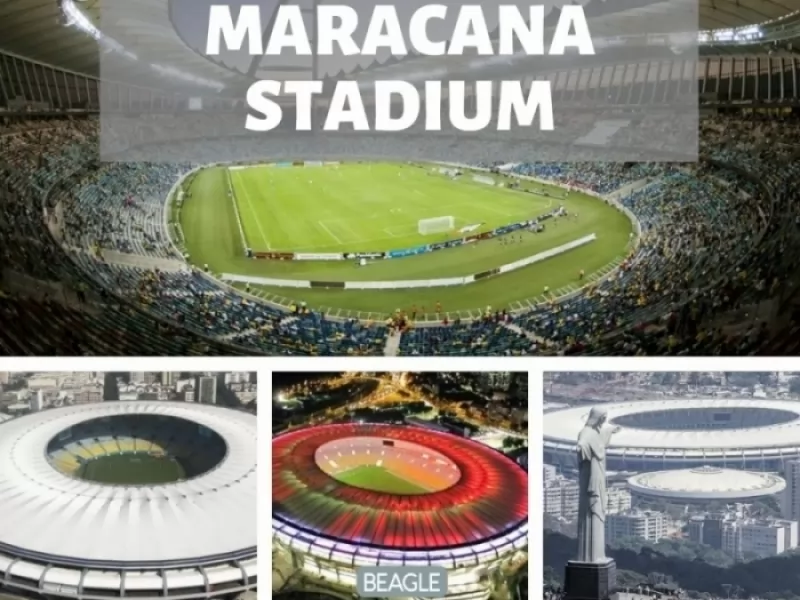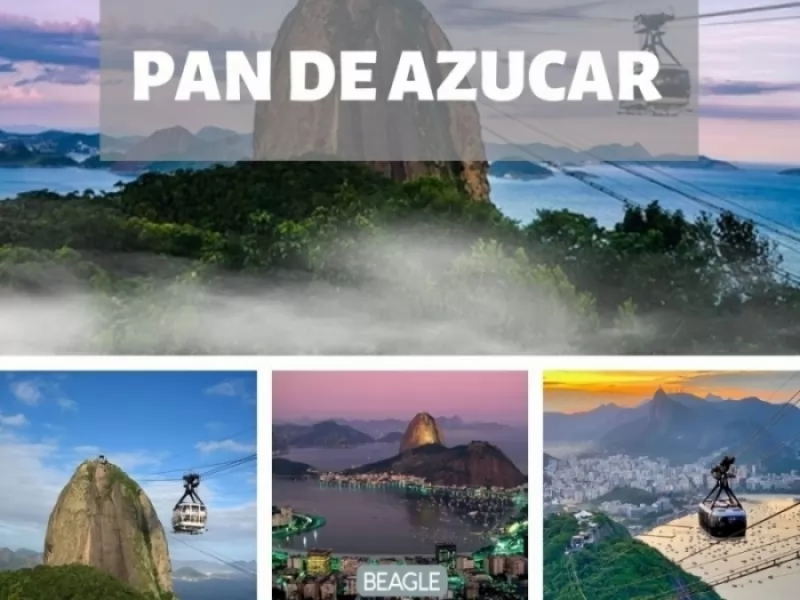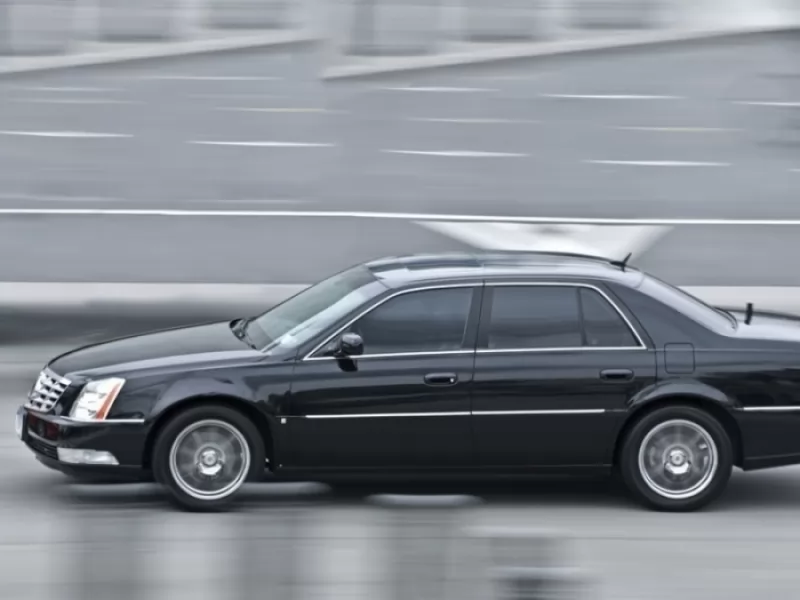Rio de Janeiro
Information
Rio de Janeiro is one of the most visited cities in the Southern Hemisphere, widely known for its natural settings, the Carnival, samba, bossa nova, and balneario beaches such as Barra da Tijuca, Copacabana, Ipanema, and Leblon.
Clear skies, warm sand, a cold drink… Isn’t that what everyone wants for their holiday? Well, in Rio you will not only find that, but also the bluest sky in the whole wide world. The statement seems audacious, but it’s actually based on a survey done in 2006 by a TV researcher who traveled around the globe in search of the world’s “bluest” sky.
Rio is a big city, home to more than 6 million inhabitants, but it can be felt like a small town, especially when you find yourself in the middle of the forest, under the hard-hitting cascade of a waterfall.
Rio is home to the largest urban forest in the world, Floresta da Tijuca. This 33-square-kilometre conservation area is the result of a careful reforestation work, done at the end of the 19th century, acting under the orders of Brazil’s emperor Dom Pedro II. The idea was to restore the area that had been destroyed by coffee plantations in order to avoid the erosion of the hills that surround the city. Quite a few of Rio’s most touristic spots are partly in the Tijuca Forest – the Botanical Gardens, Parque Lage, and the Corcovado Mountain, to name a few of them.


